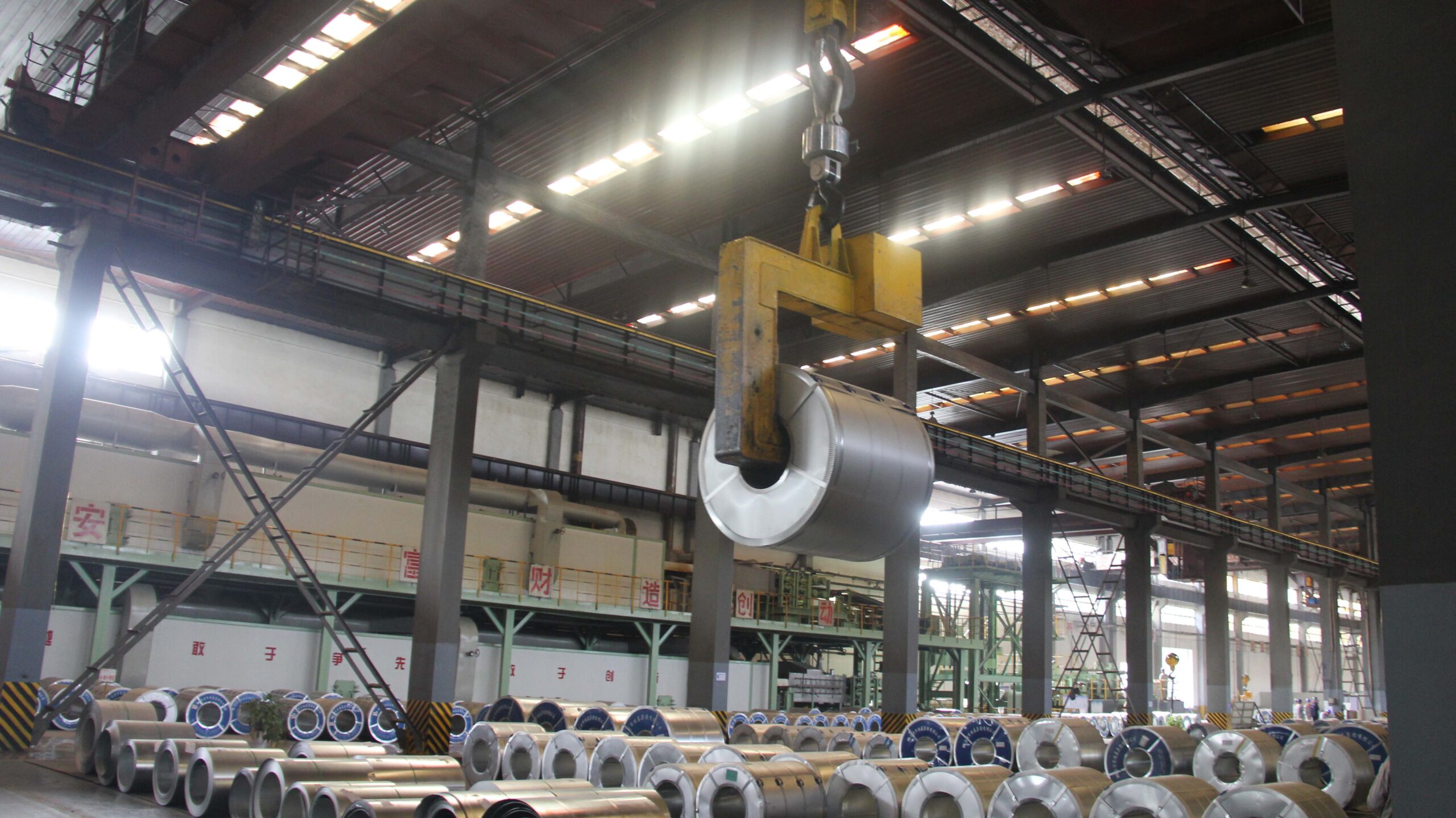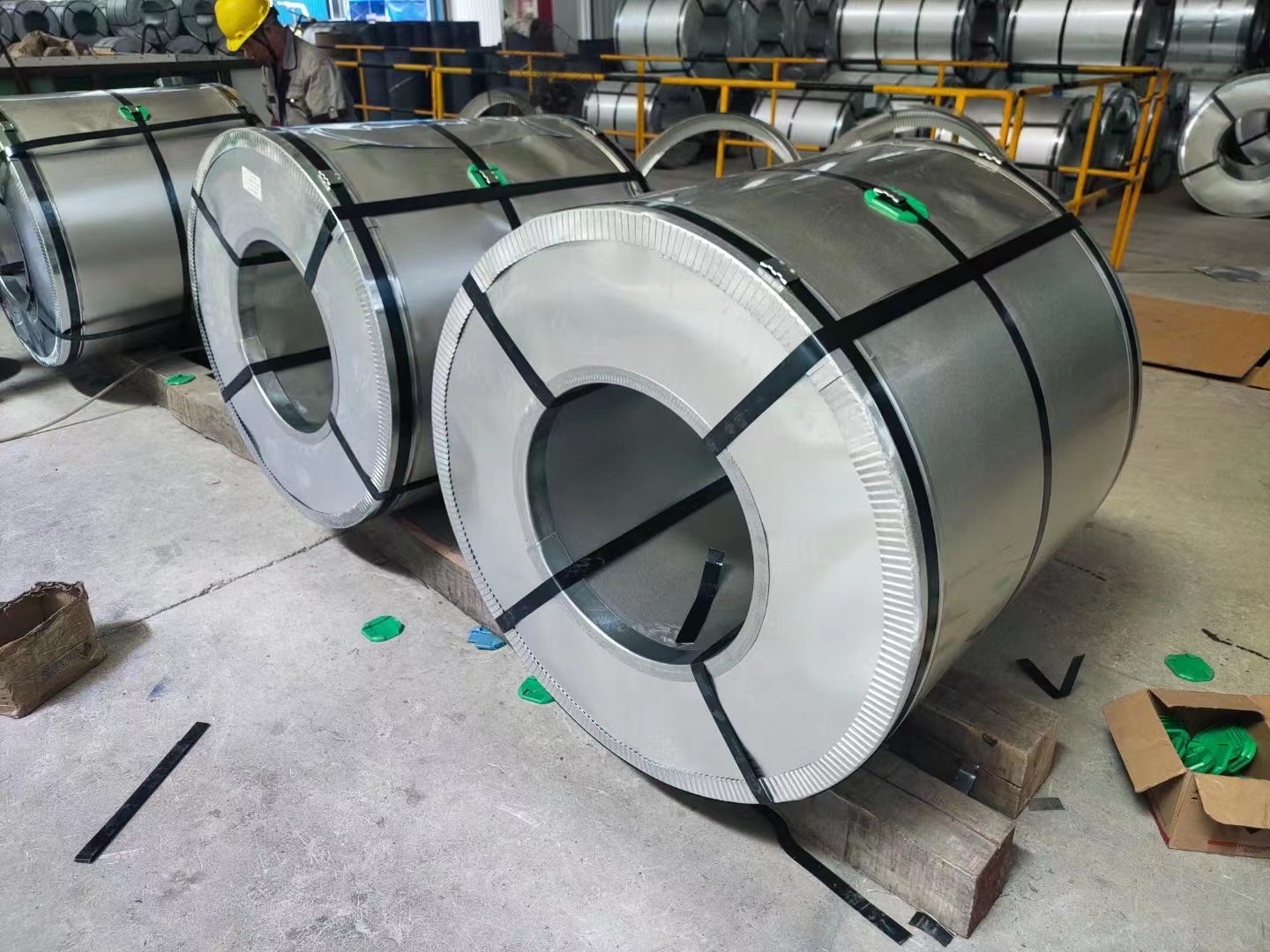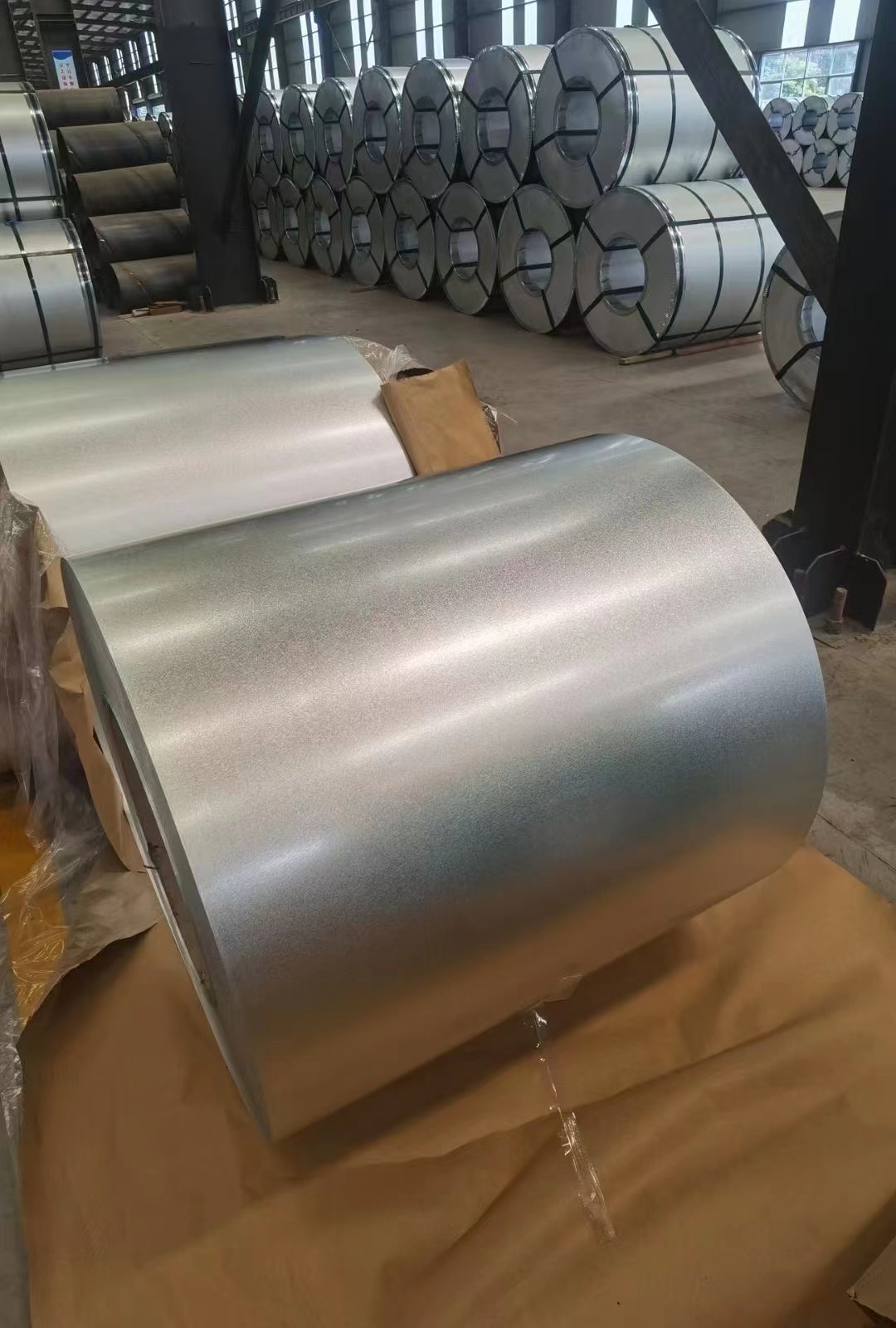
Challenges and Opportunities in the Global Galvanized Steel Trade Amid Geopolitical Turbulence
I. Introduction
Against the backdrop of today’s complex and volatile international landscape, geopolitical conflicts, rising trade protectionism, and shifting regional economic dynamics are profoundly reshaping the global galvanized steel market. The protracted Russia-Ukraine conflict, now in its fourth year, continues to disrupt supply chains, while the sudden eruption of the Israel-Palestine conflict has further heightened global tensions. Concurrently, the proliferation of trade barriers and protectionist measures across major economies has created unprecedented challenges and opportunities for the galvanized steel industry. A comprehensive analysis of these factors is essential for enterprises to formulate effective strategies and navigate the turbulent international market.
II. Impact of Geopolitical Conflicts on Supply-Demand Dynamics
2.1 Lingering Effects of the Russia-Ukraine Conflict
The ongoing Russia-Ukraine conflict has had a far-reaching impact on the European galvanized steel market. Sanctions imposed by European countries have significantly restricted Russian steel exports, leading to a notable supply shortfall in the region. In response, European enterprises have increasingly turned to alternative suppliers, creating opportunities for galvanized steel producers in countries like China. According to industry data, Chinese exports of galvanized steel to certain European markets increased by over 20% in 2024 compared to pre-conflict levels.

On the demand side, the war has spurred reconstruction efforts across conflict-affected areas, particularly in infrastructure sectors such as construction and transportation. Ukraine, in particular, has issued large-scale tenders for galvanized steel products to support its post-war rebuilding initiatives, attracting bids from major international steelmakers. However, economic instability and reduced consumer confidence in Europe have dampened demand in some non-essential sectors, offsetting growth in reconstruction-related demand.
2.2 New Shocks from the Israel-Palestine Conflict
The outbreak of the Israel-Palestine conflict has directly impacted the galvanized steel market in the Middle East. As a key consumption hub, the region has experienced a sharp decline in demand as ongoing hostilities disrupt infrastructure projects and industrial activities. According to the Middle East Iron and Steel Association, galvanized steel demand in the region dropped by over 30% in the months following the conflict’s escalation.
Logistical disruptions have further exacerbated market instability. The conflict has disrupted key shipping routes and ports in the region, increasing transportation costs and delaying deliveries. Many companies have been forced to reroute shipments or halt exports to the Middle East altogether, leading to significant financial losses and supply chain uncertainties.
III. Trade Protectionism and Tariff Barriers
3.1 Rise of Protectionism in Emerging Markets
In recent years, emerging economies have increasingly adopted protectionist measures to safeguard their domestic steel industries. India, for example, imposed a 12% tariff on selected steel imports in April 2025, directly impacting Chinese galvanized steel exports. As one of China’s largest export destinations, the tariff hike has eroded the competitiveness of Chinese products in the Indian market, with exports declining by 20% month-on-month in May 2025.
Brazil has also taken steps to restrict imports, imposing anti-dumping duties on Chinese galvanized and aluminized steel products in early 2025. These measures have forced Chinese companies to reevaluate their market strategies and seek opportunities in alternative regions, underscoring the challenges posed by protectionist policies in emerging economies.
3.2 Persistent Impact of US-China Trade Frictions
While the US-China Geneva Joint Economic and Trade Statement led to modest tariff reductions on certain steel products, non-tariff barriers remain a significant challenge for Chinese exporters. Stringent quality and environmental standards imposed by the US continue to increase compliance costs for Chinese galvanized steel manufacturers, limiting their access to the American market.
 Moreover, ongoing lobbying by US steel industry groups has pressured the government to maintain restrictive policies, creating uncertainty for Chinese enterprises. Many companies have delayed or scaled back expansion plans in the US due to the unpredictable trade environment, highlighting the lasting impact of trade tensions on bilateral steel trade.
Moreover, ongoing lobbying by US steel industry groups has pressured the government to maintain restrictive policies, creating uncertainty for Chinese enterprises. Many companies have delayed or scaled back expansion plans in the US due to the unpredictable trade environment, highlighting the lasting impact of trade tensions on bilateral steel trade.IV. Regional Economic Cooperation and Market Opportunities
4.1 Opportunities in Asian Markets Under RCEP
The entry into force of the Regional Comprehensive Economic Partnership (RCEP) has opened new avenues for galvanized steel trade in Asia. By reducing tariffs and streamlining trade procedures among member states, RCEP has enhanced market access for Chinese galvanized steel products in the region.
Southeast Asia, in particular, has emerged as a key growth market due to rapid urbanization and infrastructure development. Countries like Vietnam and Indonesia are investing heavily in construction projects, driving sustained demand for galvanized steel. Leveraging RCEP benefits, Chinese companies have expanded their presence through localized production and strategic partnerships, strengthening their competitiveness in the regional market.
4.2 International Cooperation Under the Belt and Road Initiative
The Belt and Road Initiative (BRI) has provided Chinese galvanized steel enterprises with unprecedented opportunities to expand into global markets. Infrastructure projects across BRI partner countries, including energy pipelines, transportation networks, and industrial parks, have generated substantial demand for high-quality steel products.
 Chinese companies have actively participated in BRI projects through engineering contracts and joint ventures, driving exports of galvanized steel. For instance, in Central Asia, Chinese-invested energy projects have utilized large quantities of Chinese galvanized steel, enhancing both market penetration and brand recognition. These collaborations not only facilitate trade but also promote technology transfer and capacity building, fostering long-term partnerships.
Chinese companies have actively participated in BRI projects through engineering contracts and joint ventures, driving exports of galvanized steel. For instance, in Central Asia, Chinese-invested energy projects have utilized large quantities of Chinese galvanized steel, enhancing both market penetration and brand recognition. These collaborations not only facilitate trade but also promote technology transfer and capacity building, fostering long-term partnerships.V. Technological Innovation and Green Development Trends
5.1 Development and Application of Green Galvanizing Technologies
Growing global emphasis on environmental sustainability has spurred the adoption of green galvanizing technologies. Companies are investing heavily in research and development to reduce environmental impact and resource consumption. For example, chrome-free galvanizing technologies have gained traction, offering improved corrosion resistance while eliminating toxic chromium emissions associated with traditional processes.
Energy-efficient galvanizing equipment has also emerged as a key innovation, reducing energy consumption by up to 15% compared to conventional methods. These technologies not only align with regulatory requirements but also enhance cost competitiveness and market appeal, positioning companies for long-term sustainability.
5.2 Digital Transformation in the Industry
Digital technologies are revolutionizing the galvanized steel industry, driving efficiency gains and operational excellence. Internet of Things (IoT) solutions enable real-time monitoring and predictive maintenance of production equipment, minimizing downtime and optimizing productivity.
 Big data analytics play a crucial role in market intelligence and product development. By analyzing consumer trends and quality data, companies can tailor their product offerings to meet evolving market demands. For example, data-driven insights have led to increased production of high-strength, corrosion-resistant galvanized steel products, which are in high demand across various industries.
Big data analytics play a crucial role in market intelligence and product development. By analyzing consumer trends and quality data, companies can tailor their product offerings to meet evolving market demands. For example, data-driven insights have led to increased production of high-strength, corrosion-resistant galvanized steel products, which are in high demand across various industries.VI. Strategic Responses and Development Recommendations
6.1 Market Diversification for Enterprises
To mitigate risks associated with geopolitical uncertainties and trade protectionism, galvanized steel enterprises should accelerate market diversification efforts. This includes consolidating existing markets through quality improvement and customer-centric strategies while actively exploring emerging markets in Africa, South America, and Southeast Asia.
Participation in international trade fairs, establishment of local sales teams, and partnerships with regional distributors can help companies better understand and adapt to local market dynamics, enhancing their competitive edge in diverse regions.
6.2 Increased Investment in R&D and Innovation
Continuous investment in technological innovation is critical for enterprises to maintain competitiveness. Companies should prioritize the development of green galvanizing technologies, digitalization solutions, and high-performance steel products to meet evolving global standards and customer expectations.
Collaboration with academic institutions and research centers can accelerate innovation by leveraging external expertise and resources. Such partnerships enable companies to stay at the forefront of technological advancements and quickly translate research 成果 into marketable products.
6.3 Policy Support and Guidance from Governments
Governments play a vital role in supporting the galvanized steel industry through proactive policy measures. This includes advocating for fair trade practices in international negotiations, reducing trade barriers, and providing financial incentives for R&D in green technologies and digital transformation.
 Specific policies could include subsidies for clean production technologies, tax breaks for companies adopting energy-efficient equipment, and support for participation in international standards development to enhance the industry’s global competitiveness.
Specific policies could include subsidies for clean production technologies, tax breaks for companies adopting energy-efficient equipment, and support for participation in international standards development to enhance the industry’s global competitiveness.VII. Conclusion
While geopolitical tensions and trade protectionism present significant challenges to the global galvanized steel market, opportunities exist in regional economic cooperation, technological innovation, and strategic market diversification. By adopting a proactive approach that combines market agility, technological leadership, and policy support, the galvanized steel industry can navigate uncertainties and achieve sustainable growth in the evolving global landscape. Enterprises must remain vigilant, adapt quickly to changing dynamics, and seize opportunities to strengthen their position in the global value chain.





